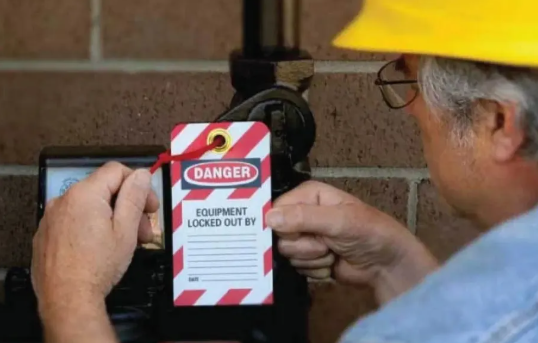The following 11 key principles should be followed at all times with regard to opening and parking:
1. After each emergency stop, formulate driving operation rules, such as:
Conduct and complete a thorough pre-start safety check
After stopping, open lines and equipment following correct safety procedures
Conduct change management (MOC) analysis on equipment, process and operating procedures.
2. Develop detailed written operating procedures to avoid the possibility of valve dislocation in the process of starting and stopping. If required, written checklists and diagrams shall be provided to verify correct valve position.
3. This kind of accident often has operational deviation during the opening and stopping period, because the operator does not know the impact of the change. Therefore, review the Change Management (MOC) policy to ensure that it adequately handles changes due to operational differences. To maximize the effectiveness of the change, the following activities should be included:
Define the safe range, variables and activities of process operating conditions and train relevant personnel to identify significant changes. Combined with an understanding of established operating procedures, this additional training will enable the operator to activate the MOC system when appropriate.
Use multidisciplinary and professional knowledge in analyzing deviations
Communicate the basic elements of the new operating procedures in writing
Communicate potential hazards and safe operating limits in writing
Provide training to operators according to the complexity of new operating procedures
Periodic audits to determine the effectiveness of the plan
4. The LOCKOUT TAGOUT (LOTO) procedure shall specify that the equipment shall be ensured to be in full condition prior to start-up or maintenance of the equipment. The equipment start-up procedure shall include a stop-work provision stating the conditions for safe start-up of the equipment (e.g., whether the equipment is depressurized or not), which, if not confirmed, requires a higher level of management review and approval.

5. Ensure proper procedures are used to isolate equipment after stopping. Do not rely on the closing of the single seat globe valve, or leaks may occur. Instead, double blocking parts and valves should be used, the blind plate inserted, or the equipment component physically disconnected to ensure that it is properly isolated. For devices in “standby mode,” continue to monitor their key parameters, such as pressure and temperature.
6. The computer control system shall include process overview, material balance analysis to ensure that the operator is fully monitoring the process.
7. Provide technical support to operators through various communication channels for complex and critical process systems. Especially during abnormal operating conditions (such as device start-up), if the operator has different or conflicting understanding of the state of the process unit, the safety risk is greater. Therefore, effective communication is critical and action tracking is required.
8. During the start-up and shutdown of the device, ensure that operators are operating under the supervision and support of experienced technicians and that they have been adequately trained in the control system they will be operating. Consider using simulators to train and instruct them.
9. For high risk processes, develop a shift system to minimize the impact of operator fatigue. The shift work system shall manage normal shift patterns by limiting daily working hours and consecutive days of work.
10. Calibration and functional tests are required before the device is started using the newly installed computer controls.
11. The importance of key safety equipment should not be neglected when troubleshooting operations are carried out during the start-up and shutdown of the device.

Post time: Jul-03-2021






